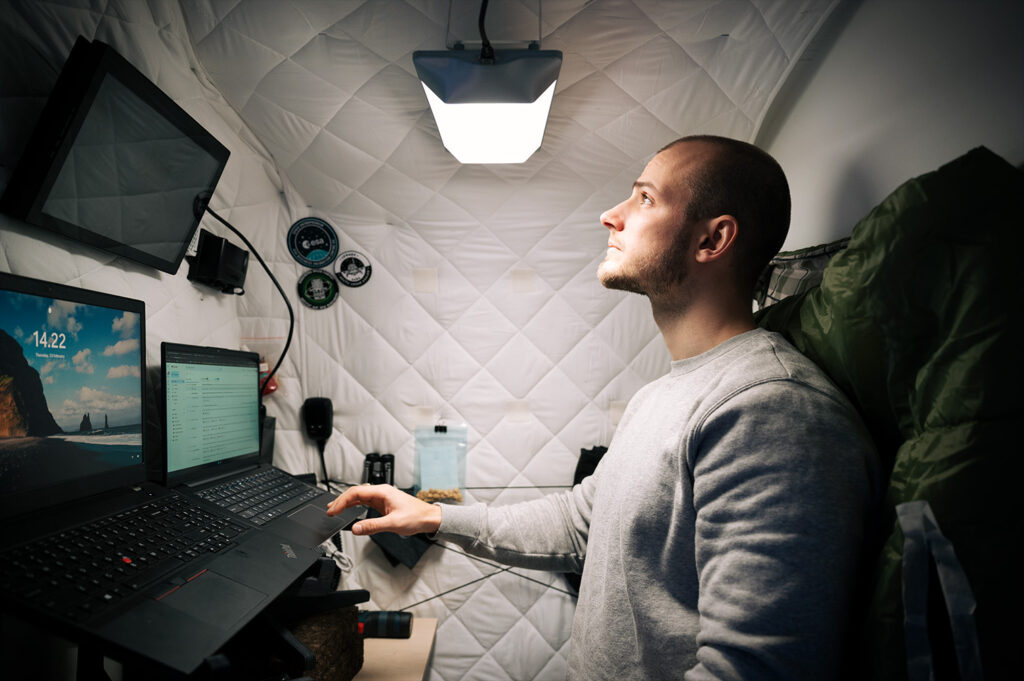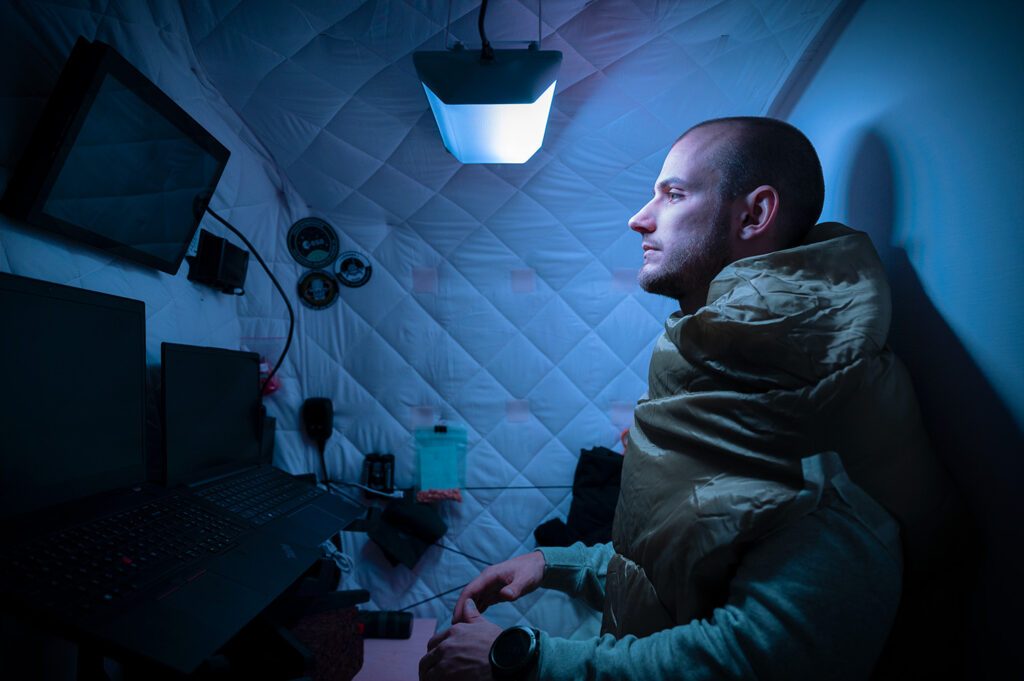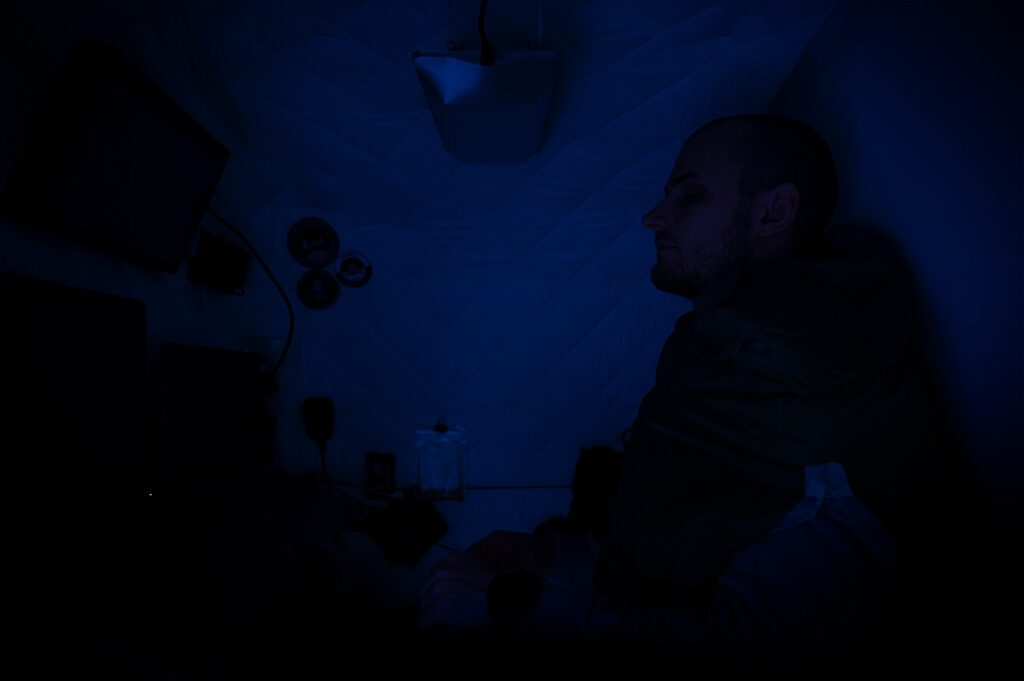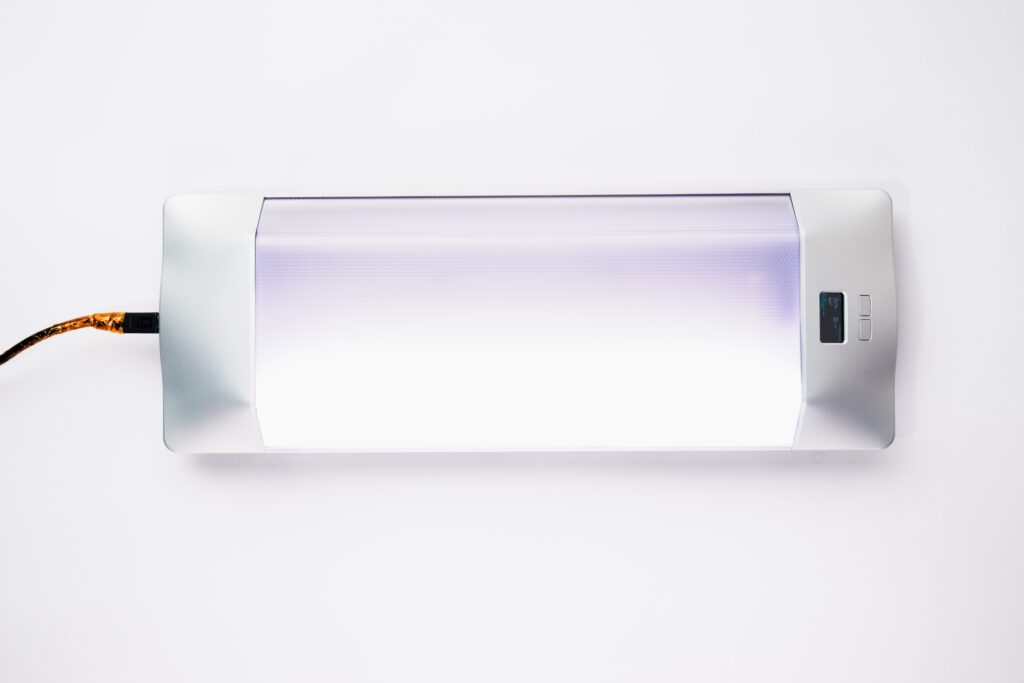Ingemann Components is going to space with SAGA Space Architects
Ingemann Components, from the small Danish town of Bjæverskov, has assisted SAGA Space Architects in the development of a special light – a so-called Circadian Light – which will give astronauts a circadian rhythm in space.
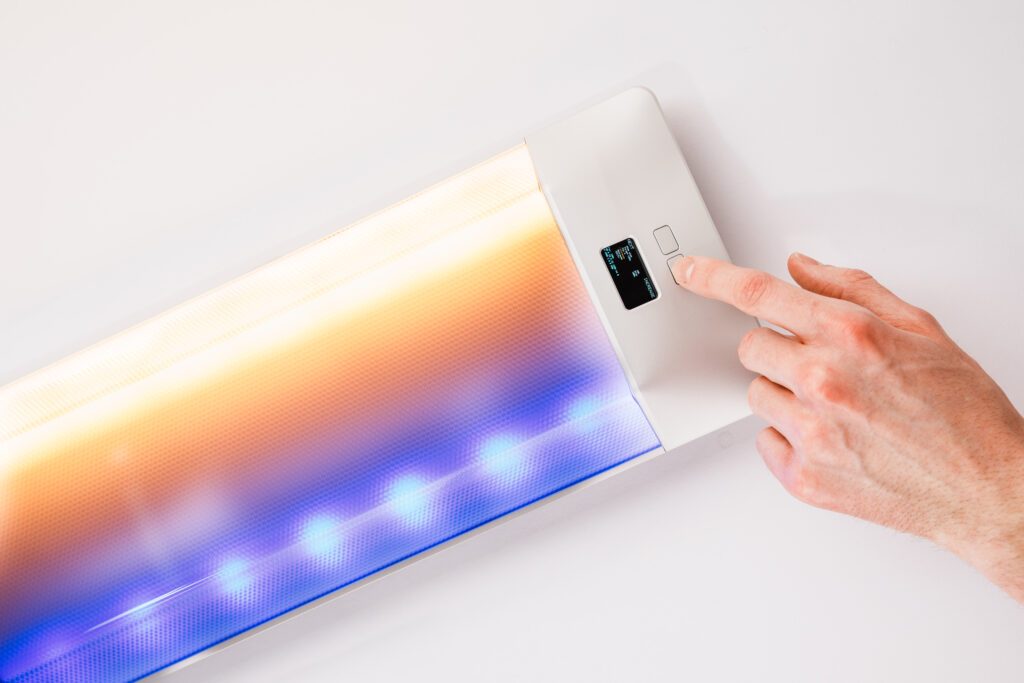
Sleep is one of the biggest issues facing astronauts when they are in space. As a solution to that challenge, the Danish company SAGA Space Architects has developed a special lighting system – a so-called Circadian Light. Later this year, it will be tested on board the International Space Station (ISS) by the Danish astronaut Andreas Mogensen, in order to assess whether the lighting system can improve sleep for the astronauts who live on the space station.
Ingemann Components has been a partner in the project and assisted with the product development and the selection of the right materials. The conditions in space are unique to say the least, and it has therefore been important for SAGA Space Architects to find a partner with extensive experience of and knowledge about diffusive materials.
“We needed expert knowledge to select the right materials and optical technologies for the project. Ingemann Components has many years of experience in the field, and they know their products inside out. At the same time, they’ve been quick and down-to-earth in their advice, which has been of great value to us,” says Simon Kristensen, Co-Founder and CTO of SAGA Space Architects.
Space calls for specialist knowledge
Ingemann Components is one of the leading specialists within optical, reflective and diffusive components, and they have advised and developed many innovative lighting solutions across industries. This, however, is the first time a project is tested in outer space.
“At Ingemann Components, we have helped develop many exciting lighting solutions in our time. But I have to admit that this project with SAGA Studio has been one of the most unique collaborations ever. In addition to the fact that it has been an exciting challenge professionally, it certainly isn’t every day that we are involved in projects that are headed into space. And for us, it is a huge pleasure to be able to support an innovative project of such nature,” says Karsten Lindorff, Technical Sales Manager at Ingemann Components, and continues: “There are, of course, completely different rules to follow and take into account when a lamp is going to be sent into space. This has given us the opportunity to bring our many years of experience into play and identify the materials that will perform the best in the specific context. We have advised on the best lighting solutions for many different types of spaces, but naturally, there are other requirements for outer space – also for the entire documentation side of the project.”

The optical foils consist of three layers, all of which are placed in the cover of the fixture:
- Outer layer: Makrolon/Exelon FR Clear 3mm – a clear cover made of a special flame retardant polycarbonate
- Middle layer: Bright View G-GPHM PET optical foil with a de-glaring structure to reduce glare
- Inner layer (the layer positioned closest to the LEDs): Bright View C-Series PET diffusive foil for lamp hiding in order to diffuse LED arrays.
A circadian rhythm created by light
The circadian light panel has three faces, each emitting light at different angles and wavelengths to promote alertness or induce sleepiness. Unlike current lighting systems aboard ISS, the SAGA Space Architects’ light panel is programmed to automatically adjust the light according to the sleep schedule of the astronauts. By using different hues of color to simulate intense sunrises, varied daylight and calming sunsets, the Circadian Light is assumed to be able to regulate the circadian rhythm of the astronauts to ensure that they stay focused during the day and sleep at night.
“70% of astronauts have used sleeping medicine to sleep better in space. One of the big differences in space is that there is no rising or setting sun to help regulate their circadian rhythm. The space station orbits the Earth 16 times a day, meaning that there is no natural light contribution. But light can make a difference, which is why we’re of course very excited to see the results,” says Simon Kristensen.
At present, the expectation is that the lighting system will be sent into space in June. In August, Andreas Mogensen will go into space, and for the following six months he will carry out the experiment with the SAGA Space Architects lamp that will be installed in his sleeping cabin.
